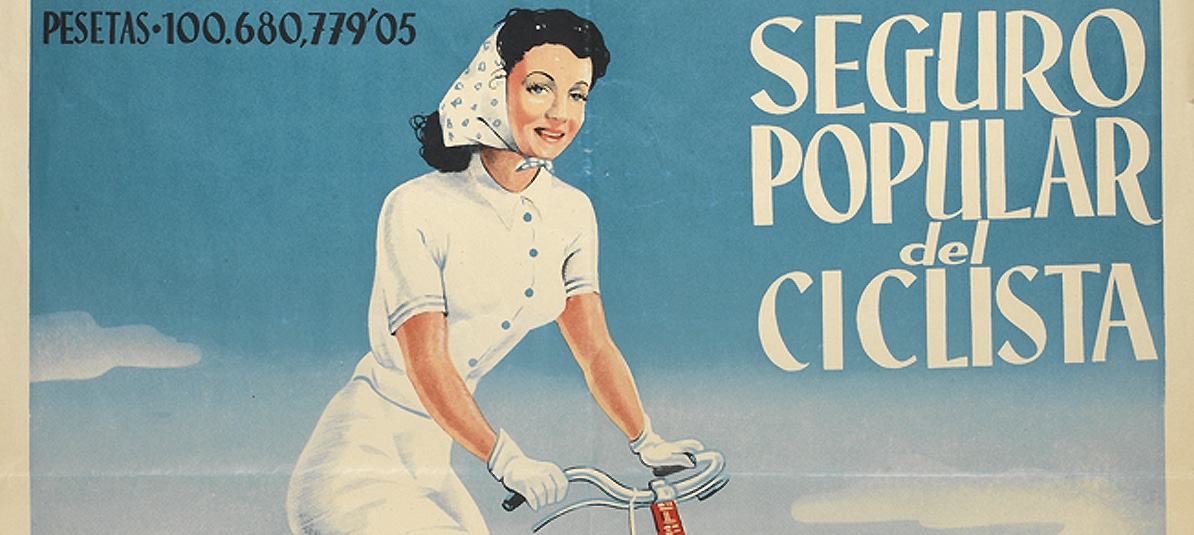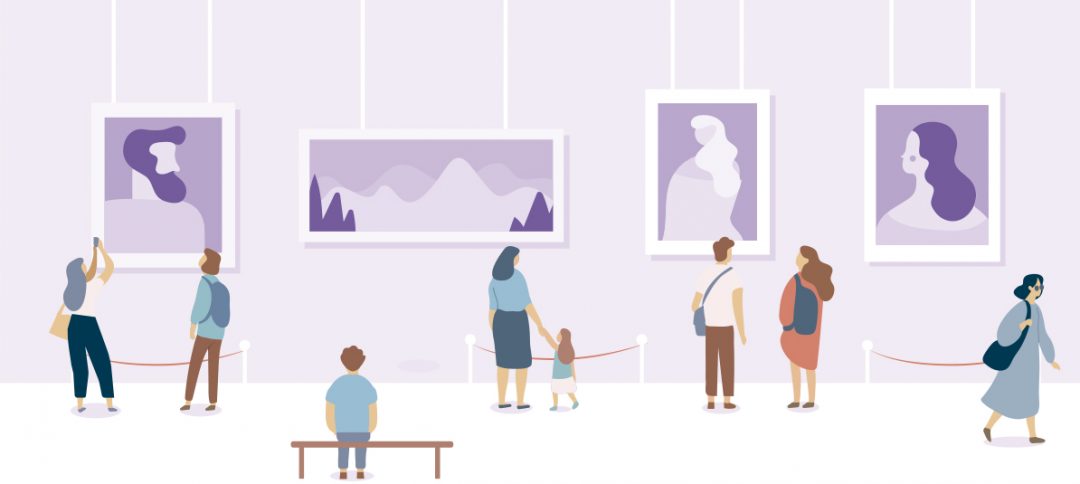More than one billion bicycles are currently in use worldwide. This means of transport has become a symbol of fun, sustainability and health. But did you know that it wasn’t always like this?
No brakes and no insurance
Let’s travel back in time: 1818, Germany. The first bicycle models had neither pedals nor brakes, so pedestrian accidents were very common. In fact, their use was banned in some cities. No type of insurance covered these accidents, which made things even more complicated. It would take more than sixty years for cycling to become a much safer activity.
What a scandal!
It was in the Victorian era that women first began to ride bikes. As you can imagine, the norms of that society did not make women cyclists’ life very easy. A woman who rode a bicycle was a seen as someone of dubious morals. Londoner Emma Eades, one of the pioneers, was pelted with stones in every town. Victorian physicians warned that female cycling could cause anxiety and sterility.
Emancipation by pedal stroke
Luckily there were women such as Annie Londonderry, the first woman to go around the world by bike, and Amelia Bloomer, the creator of “bloomers”, the pants that allowed women to ride more comfortably. Suffragette Susan B. Anthony went so far as to say that the bicycle had done more for the emancipation of women than anything else in the world.
Insurance for cyclists
The insurance world was also evolving to respond to all the contingencies of cyclists. The Hispanic American Insurance and Reinsurance Company, founded in the early 1940s, offered “comprehensive insurance for cyclists“: with the country’s infrastructure destroyed after the war, the bicycle became the preferred mode of transport. By the way: a woman cyclist features in the beautiful poster advertising this policy, which you can see in our Insurance Museum.
As you can see, the ability to enjoy the feeling of freedom that a bicycle provides is the legacy of a whole lot of restless, innovative and rebellious spirits. This feeling of freedom is joined today by the peace of mind that comes from knowing that insurance companies are also thinking about the well-being of lovers of two wheels.









